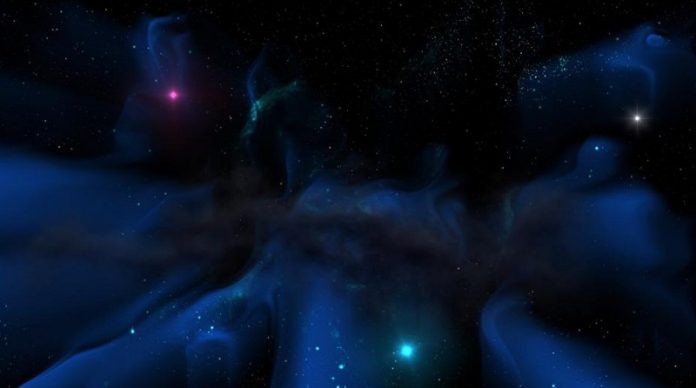
Magnetism is everywhere in the universe today—from the Earth’s protective magnetic shield to the powerful fields surrounding stars and galaxies.
But where did it all begin?
A new study suggests that magnetic fields may have existed in the infant universe, although they were billions of times weaker than the pull of a small fridge magnet.
Surprisingly, even such faint traces of magnetism may have influenced the birth of the first stars and galaxies.
This breakthrough comes from an international team of researchers led by SISSA (the International School for Advanced Studies in Trieste), working with scientists from the Universities of Hertfordshire, Cambridge, Nottingham, Stanford, and Potsdam.
Their findings, published in Physical Review Letters, shed new light on how magnetic fields formed and evolved in the earliest moments after the universe’s birth.
The research team ran more than 250,000 computer simulations—the largest and most advanced set of simulations of its kind—to test different theories about primordial magnetic fields.
They then compared the results with real astronomical observations to see which scenarios matched what we see in the cosmic web today.
The cosmic web is the vast network of filaments and clusters that link galaxies across the universe, and one of its puzzles is why even its most remote regions appear magnetized.
“Magnetism near galaxies makes sense because of all the physical processes going on there,” explained Mak Pavičević, a Ph.D. student at SISSA and the study’s lead author. “But finding magnetism in the emptier parts of the cosmic web is harder to explain.
One idea is that it could be a leftover from the universe’s earliest epochs—events like inflation before the Big Bang or later phase transitions that left behind these faint magnetic traces.”
By including the effects of very weak magnetic fields in their simulations, the researchers discovered that the cosmic web looked much closer to what telescopes actually observe. In particular, they found that a universe model with a magnetic field strength of about 0.2 nano-gauss matched the data best.
For comparison, this is billions of times weaker than a household magnet, and closer in strength to the faint magnetic fields produced by neurons in the human brain.
Importantly, the team was also able to establish a new upper limit for the strength of primordial magnetic fields, which turned out to be several times lower than earlier estimates. This stricter limit helps refine theories about the conditions in the early universe.
The implications are far-reaching. Even weak magnetic fields could have had a role in shaping the density of the cosmic web, helping matter clump together more quickly and accelerating the formation of stars and galaxies.
These results also fit well with recent studies of the cosmic microwave background, the afterglow of the Big Bang.
Looking ahead, the researchers believe that future observations, particularly with the James Webb Space Telescope, will provide further opportunities to test and confirm their results.
“Not only will these new limits help us understand how magnetism influenced cosmic evolution,” said Pavičević’s supervisor, Matteo Viel, “but they will also guide other models that aim to explain the large-scale structure of the universe.”
In other words, even the faintest whispers of magnetism in the early cosmos may have left fingerprints on the grand design of everything we see in the night sky today.



